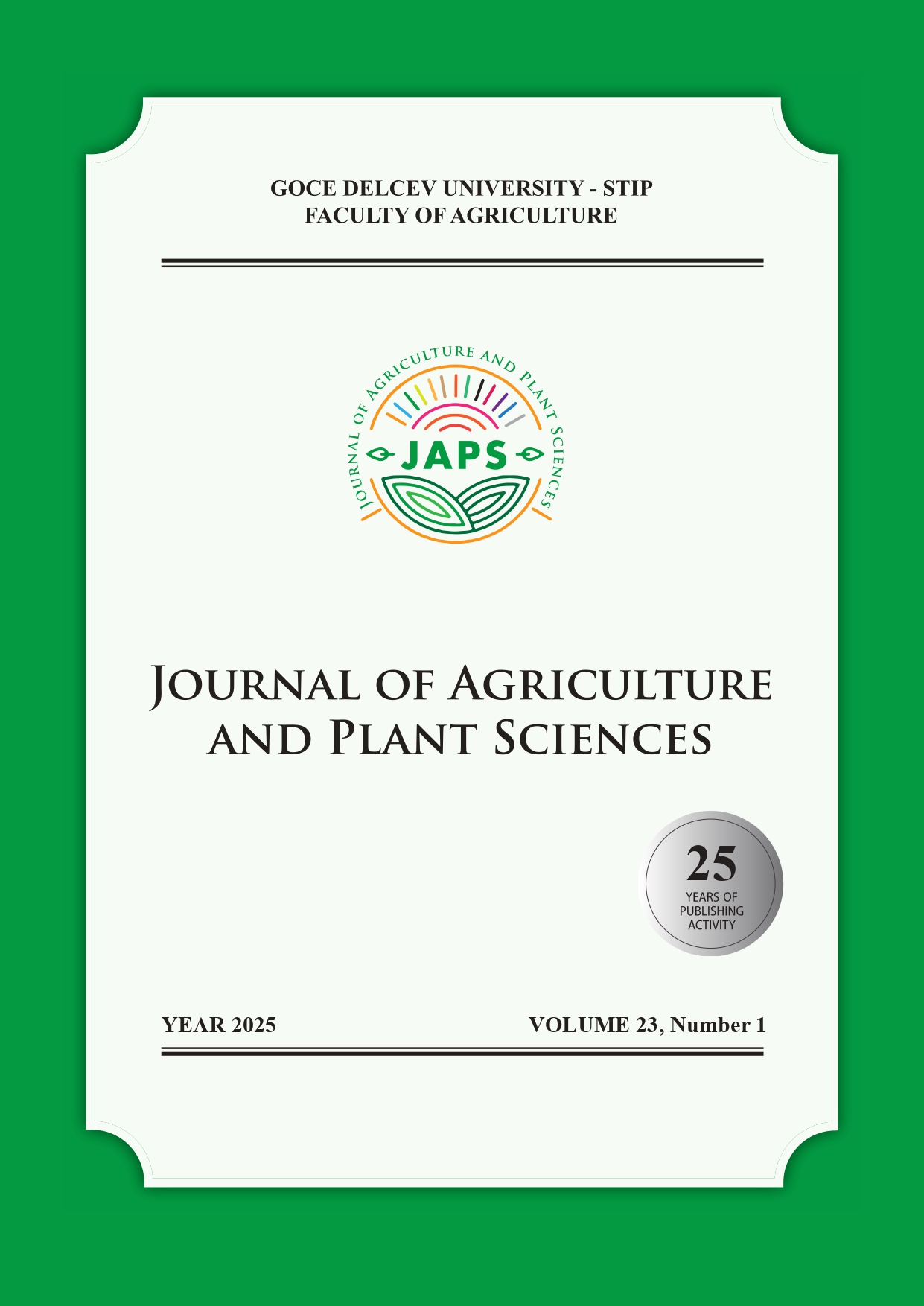DETERMINATION OF FREE HYDROCYANIC ACID IN HOMEMADE FRUIT BRANDIES
DOI:
https://doi.org/10.46763/JAPS2523169pKeywords:
fruit brandies, free hydrocyanic acid, spectrophotometryAbstract
Fruit brandy is a traditional alcoholic beverage widely consumed in the Republic of N. Macedonia and other Balkan countries, produced by distillation of fermented fruits such as plum, apricot, quince and apple, using either homemade or industrial methods. This study aimed to evaluate the safety of 24 homemade fruit brandy samples by determining the content of free hydrocyanic acid (HCN), a potentially toxic compound. HCN is formed during alcoholic fermentation as a result of enzymatic hydrolysis of cyanogenic glycosides naturally present in fruit seeds. The quantification of free HCN was performed spectrophotometrically using König reaction, a colorimetric method based on the formation of cyanogen chloride, which reacts with pyridine and barbituric acid to form a stable pink complex with maximum absorbance at 580 nm. results were recalculated to a 100% v/v ethanol basis to allowed comparison with the EU legal limit of 70 mg/L. All samples were within the permissible safety threshold. The highest HCN concentration were found in apricot and apple brandies (up to 9.81 mg/L), while plum and quince brandies contained significantly lower levels. A moderate correlation was observed between HCN levels and several chemical parameters, including methanol, aldehydes, ethanol, total esters, furfural and fusel alcohols. These results suggest that fruit type, fermentation conditions and the extend of seed contact during the preparation of the fruit mash prior to fermentation play a critical role in HCN formation. This highlights the importance of controlled processing practices to ensure the safety of traditional fruit brandies.
Downloads
Published
Issue
Section
License
The intellectual property and copyright on the original content of all scientific contributions in the published paper shall remain with the authors. Authors give permission to the JAPS owner to publish the paper. All authors agree to publish the paper under Attribution-NonCommercial-NoDerivatives 4.0 International license (CC BY-NC-ND 4.0).

